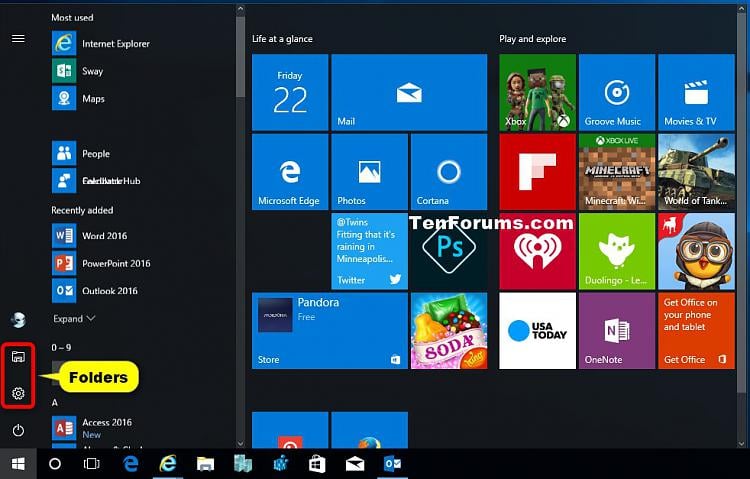
Websites Open sub-navigation Close sub-navigation. Working Collaboratively Open sub-navigation Close sub-navigation. Ordering and Purchasing Open sub-navigation Close sub-navigation. NetIDs & Passwords Open sub-navigation Close sub-navigation. Printing Open sub-navigation Close sub-navigation. Internet Access Open sub-navigation Close sub-navigation. Services Open sub-navigation Close sub-navigation. LastPass Password Manager Toggle sub-navigation. Duo Two-Factor Authentication Toggle sub-navigation. Training Resources Toggle sub-navigation. Technology Support Toggle sub-navigation. New to Georgetown? Toggle sub-navigation. Help and Training Toggle sub-navigation. Research Technologies Toggle sub-navigation. Educational Technologies Toggle sub-navigation. Academic Technology Toggle sub-navigation. Business Applications Toggle sub-navigation. Working Collaboratively Toggle sub-navigation. Ordering and Purchasing Toggle sub-navigation. NetIDs & Passwords Toggle sub-navigation. This offers full-disk encryption with the keys tied down to a TPM, a hardware module dedicated to certificate storage. Enabling Windows’ BitLocker feature (Pro and Enterprise edition only) can also give you peace of mind if you want all your files to be encrypted. If you need stronger protections, you might want to consider investing in third-party software that’s specially designed for this purpose. 
Just remember to lock your account (Win+L) whenever you walk away from the screen – your files will be unencrypted as soon as you log in! However, it’s ideal if you’re using a shared PC and just want to keep some files inaccessible to other user accounts on the device. Once again, we’ll remind you this method isn’t intended for high-security purposes.

After encryption, you can also press the “Details” button next to the checkbox to see information about the encryption certificate and available recovery procedures.

Just untick the “Encrypt contents to secure data” checkbox and click OK to close the windows. You can reverse the encryption at any time by heading back to the Properties window and opening the Advanced Attributes pane again. If anyone else tries to access the file – whether from another user account or by physically removing your hard drive – the contents will appear to be meaningless garbled text. They’re encrypted with a key that’s tied down to your Windows user account. With the backup done, your files are now secured.







 0 kommentar(er)
0 kommentar(er)
